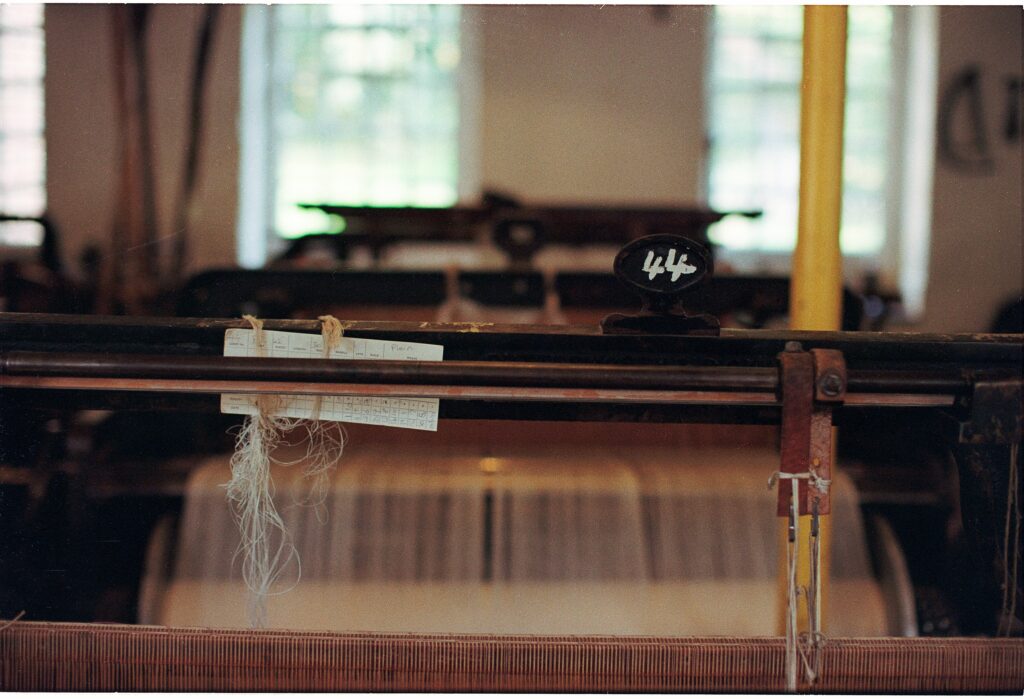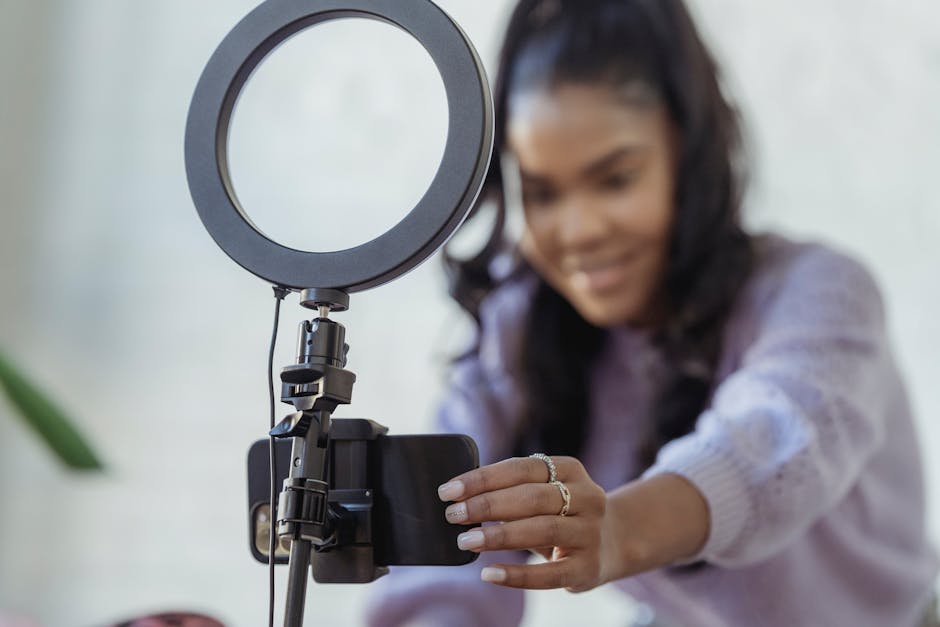Textile Art Moves Into the Fine Art Spotlight
A New Era for Textile Art
Once considered purely decorative or functional, textile art is now gaining serious recognition in the world of contemporary fine art. Artists and curators alike are embracing this shift, arguing that fabric, thread, dye, and other fibers offer a rich language for personal, political, and cultural expression.
Textiles are no longer confined to craft shows or domestic spaces. They are headlining gallery exhibitions and finding their way into major international collections. This transition reflects a broader redefinition of what fine art can be.
Why Artists Are Turning to Textiles
A growing number of contemporary artists are moving beyond traditional mediums like oil paint and sculpture in favor of materials that have long been undervalued.
Key reasons include:
- Material intimacy: Textiles are physical, layered, and often carry emotional weight
- Cultural significance: Fabric and fiber connect to identity, heritage, and memory
- Process-oriented appeal: The labor-intensive nature of textile work reflects a rejection of mechanical reproduction in favor of slow creation
The Core Appeal: Texture, Layers, and Storytelling
What draws both artists and viewers to textile-based works is their sensory richness and narrative depth.
- Tactile textures: Viewers are invited to experience art not just with their eyes but with a sense of imagined touch
- Layered meaning: From stitched symbols to dyed gradients, textiles carry stories through threads, patterns, and materials
- Narrative power: Many artists use textiles as a medium for personal or social commentary, embedding layers of meaning into every weave and knot
Textile art isn’t just an aesthetic choice—it’s a powerful method of storytelling.
As textile-based practices continue gaining ground, they challenge ideas about value, technique, and what it means to create fine art today.
Using Plant-Based Dyes on Reclaimed Textiles
Sustainability in textile art continues to evolve—and plant-based dyes are at the heart of this shift. When paired with reclaimed fabrics, these natural methods provide a meaningful alternative to synthetic dyes and mass-production waste.
Sustainability as Both Concept and Method
Environmental values are no longer just a backdrop; they are embedded in process and philosophy. Creators are choosing sustainable practices not only for their aesthetic qualities but also to inspire conscious making.
- Reclaimed textiles reduce landfill waste and overproduction
- Plant-based dyes minimize chemical runoff and water pollution
- Art becomes an act of reuse, reimagining, and responsibility
Techniques Worth Exploring
Natural dyeing offers a wide range of creative techniques, each bringing out the character in reclaimed fabric.
1. Bundle Dyeing
This method uses whole flowers, leaves, and sometimes kitchen scraps to create organic, layered prints. The fabric is bundled tight, steamed or simmered, then unwrapped to reveal unpredictable results.
2. Rusty Fabric Technique
Using rusted objects like nails or metal sheets, artists can transfer iron patterns onto fabric. The reaction between metal and tannins from plants results in striking marks and earthy tones.
3. Indigo Vats
While more complex in setup, indigo vats are a staple for deep blues and resist techniques. They pair beautifully with pre-loved fabrics, adding a new layer of life and story.
Pro Tip: Always Test First
Every reclaimed fabric reacts differently to natural dyes due to its previous use, composition, or treatment. Before committing to a piece:
- Cut small swatches and test different dyes
- Take notes on how fabric type, mordants, and time affect color
- Sample testing avoids waste and improves consistency
Plant-based dyeing on reclaimed textiles marries intention with experimentation. What was once seen as faded or discarded becomes vibrant again—naturally.
Drawing with Thread on a Sewing Machine
Machine embroidery is no longer confined to traditional patterns or monograms. In 2024, it’s a creative medium where stitchers experiment with motion, line, and form—almost like drawing with thread. This expressive approach transforms sewing machines into tools for layered, textural storytelling.
The Basics: Tools That Matter
Before you start sketching with stitches, it’s important to understand the fundamentals. Creating detailed designs requires more than just thread and fabric.
Key equipment for thread drawing includes:
- Darning foot: This foot allows for free-motion movement, giving you full control over the direction and flow of your stitches.
- Embroidery hoop or stabilizer: Ensures fabric tension stays consistent, which is essential for clean, responsive lines.
- Thread weight: Heavier threads add visual impact, while finer threads offer subtle shading and fluidity.
Contemporary Inspiration: A Blend of Art and Craft
Modern machine embroidery borrows from abstract expressionism, turning free-motion stitching into a medium for emotive, spontaneous creation. Whether you’re working with chaotic line work or soft organic shapes, the goal is to let intuition drive the design.
What makes it fresh:
- Emphasis on process over perfection
- Intentionally imperfect lines and textured layering
- Use of negative space to frame movement and rhythm
Building Rhythm Through Stitched Layers
One of the most impactful ways to create visual interest with machine embroidery is through layering. Repeated lines, overlapping textures, and varying stitch lengths mimic the rhythm and gesture of hand-drawn sketches.
Tips for effective layering:
- Work in stages: build up density slowly to avoid distortion
- Mix straight lines with curves to create organic flow
- Change thread color or weight between layers for contrast and depth
Drawing with thread is ultimately about creating a sense of life and motion—where each stitch acts like a brushstroke on fabric.
Textile storytelling has deep roots. Before blogs, before reels, people told stories with needle and thread. Quilts passed down through generations weren’t just warm—they carried messages, memorials, identities. Hand-stitched samplers, protest banners, cultural garments. All of it, crafted communication.
Today’s creators are reviving that tradition with intent. Artists fold lived experience into fabric, using textures to express memory, trauma, joy. It’s not about perfect form. The uneven stitch, the frayed edge—those details speak louder than polish. In a sea of content, slow craft stands out.
For those just starting: keep it simple. Choose fabric with meaning, even if it’s just an old shirt. Learn a few basic hand stitches—running, backstitch, whip—and start small. A patch. A square. A story in thread.
Importantly, don’t go overboard. Resist the urge to layer color, print, and technique just to grab attention. In textile storytelling, clarity beats complexity. Let the emotion lead. Let the cloth speak.
Mixed Media: Fabric Gets Experimental
Mixed media artists in 2024 are reimagining what fabric can do. No longer confined to textiles and quilting, fabric is increasingly being combined with unconventional elements to create complex, tactile works that defy categorization.
Pushing Boundaries with Material Pairings
Artists are exploring surprising combinations that amplify texture, depth, and visual interest:
- Paper: Layering tissue, handmade, or textured paper with fabric adds dimensionality and subtle contrast.
- Paint: Using fabric as a canvas for acrylics, inks, or fabric dye opens up new levels of expressiveness.
- Found Objects: Everyday items like metal scraps, string, or broken ceramics can be sewn, fused, or embedded into fabric.
- Resin: Sealing fabric elements in resin creates a hardened, glass-like finish—perfect for mixed media sculptures or wall art.
Consider Longevity and Compatibility
When working across mediums, it’s essential to understand how materials interact over time. Neglecting this can cause discoloration, warping, or disintegration.
- Test fabric with adhesives and paints before layering
- Avoid combining materials that expand or contract at different rates
- Ensure that resin is fully cured and compatible with the textile underneath
Getting Started
Curious to try these techniques yourself? Start with small-scale pieces to experiment with layering and bonding different materials. Document your process so you can recreate what works.
Want a hands-on approach? Check out our Step-by-Step Guide to Creating Layered Mixed Media Artworks.
Layering scraps, salvaged textiles, and unconventional fibers isn’t just about being resourceful. It’s about storytelling through texture. Creators are stitching meaning into every layer—reclaimed denim, torn silks, jute twine, plastic mesh—each adding history and grit. The results feel raw, lived-in, and more human than pristine studio pieces.
But piling elements isn’t enough. Smart composition is what holds it together. Balance keeps the eye moving, contrast adds tension, and cohesion stops it all from looking like a bin dump. Successful vlog-era textile artists are approaching each piece like a scene: there’s rhythm, focus, and flow.
Control and spontaneity have to strike a truce. There’s room for deliberate placement and also messy surrender. A crooked stitch, a loose edge, an unexpected color clash—these imperfections bring energy. They stop the work from feeling manufactured.
Still, if preservation matters, there are rules. Not all adhesives age well, and fusing can wreck subtle fabrics over time. Stitching remains more stable, even if slower. For those thinking long term, archival choices matter as much as aesthetic ones.
Technology is changing how creators make and share art, and fabric-based work is getting a raw digital edge. Laser cutting, digital embroidery, and printed textiles are no longer futuristic gimmicks. They’re becoming tools for hands-on creators who want precision and personality. Think stitching meets scripting.
Some artists are coding their patterns before they ever touch fabric. Others are layering timelines—hand embroidery on top of digital prints, or laser-etched denim with traditional quilting. These hybrid pieces don’t just look cool; they challenge the idea that craft and code have to live in different worlds.
Take Aya T., whose video series follows her process using Python to create embroidery files. Or Jorge M., who mixes sublimation printing with ancestral textile methods in short, no-nonsense vlogs. These creators show how tech doesn’t kill tradition—it can deepen it.
But fair warning: not every digital trick adds value. Using tech just for flash leaves people cold. The creators making a mark in 2024 are thoughtful. They use digital tools not to replace meaning, but to magnify it.
Use these techniques as a launchpad, not gospel. The heart of contemporary textile art lies in breaking formulas, not following them. While tips and trends can help you get started, the real magic happens when you veer off the expected path. What works for one artist won’t always land for another.
Textile art today is all about individuality. Work that stands out usually does so because it’s raw, honest, and slightly unpolished. Whether you’re experimenting with unconventional fabrics or layering old processes with new tech, lean into what feels personal instead of polished.
Forget perfection. Focus instead on what draws you in. Material choice should speak to you. Your process should feel like a conversation, not a checklist. And most of all, give it time. Patience trumps speed. That’s where voice develops—in the slow, intuitive doing.




